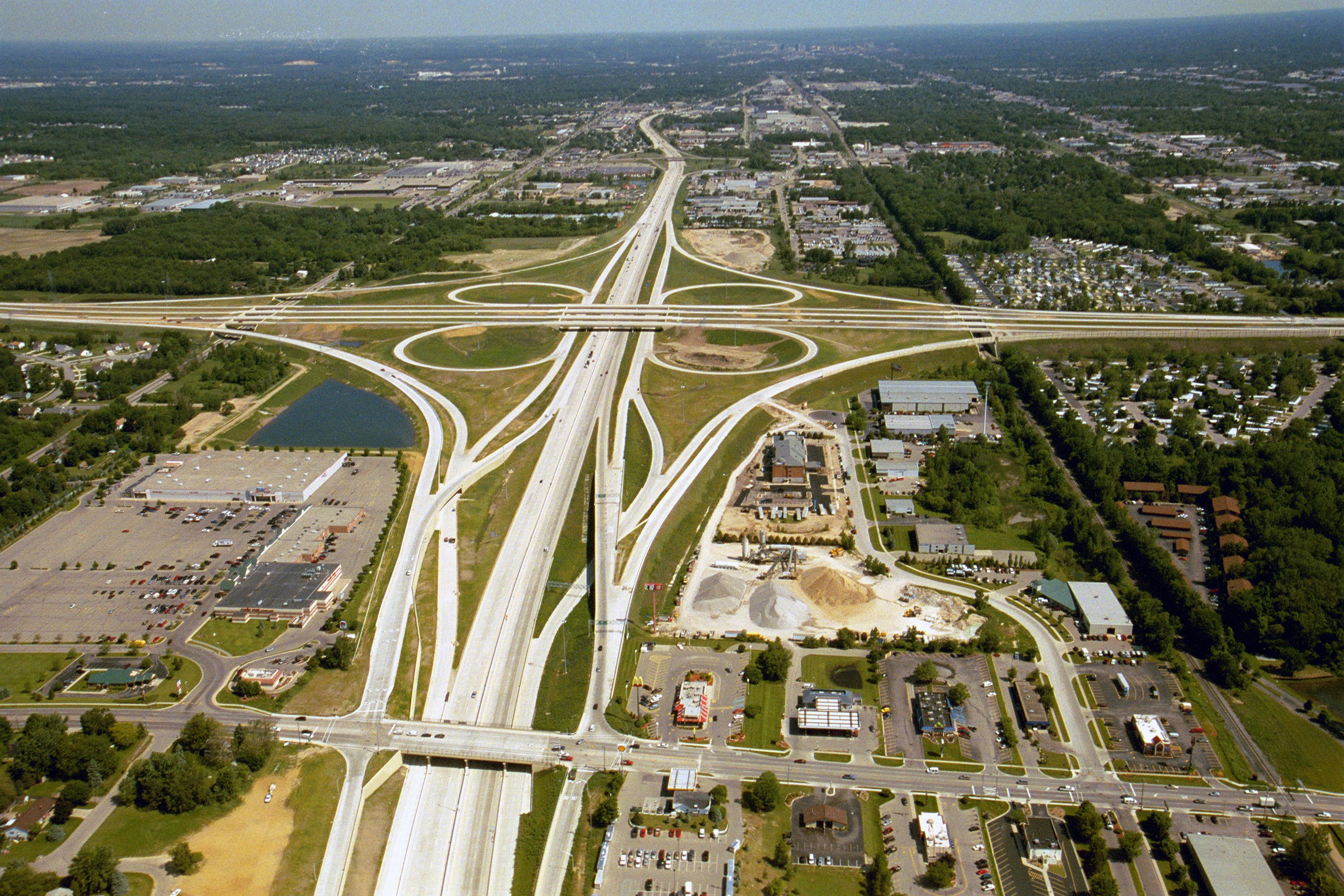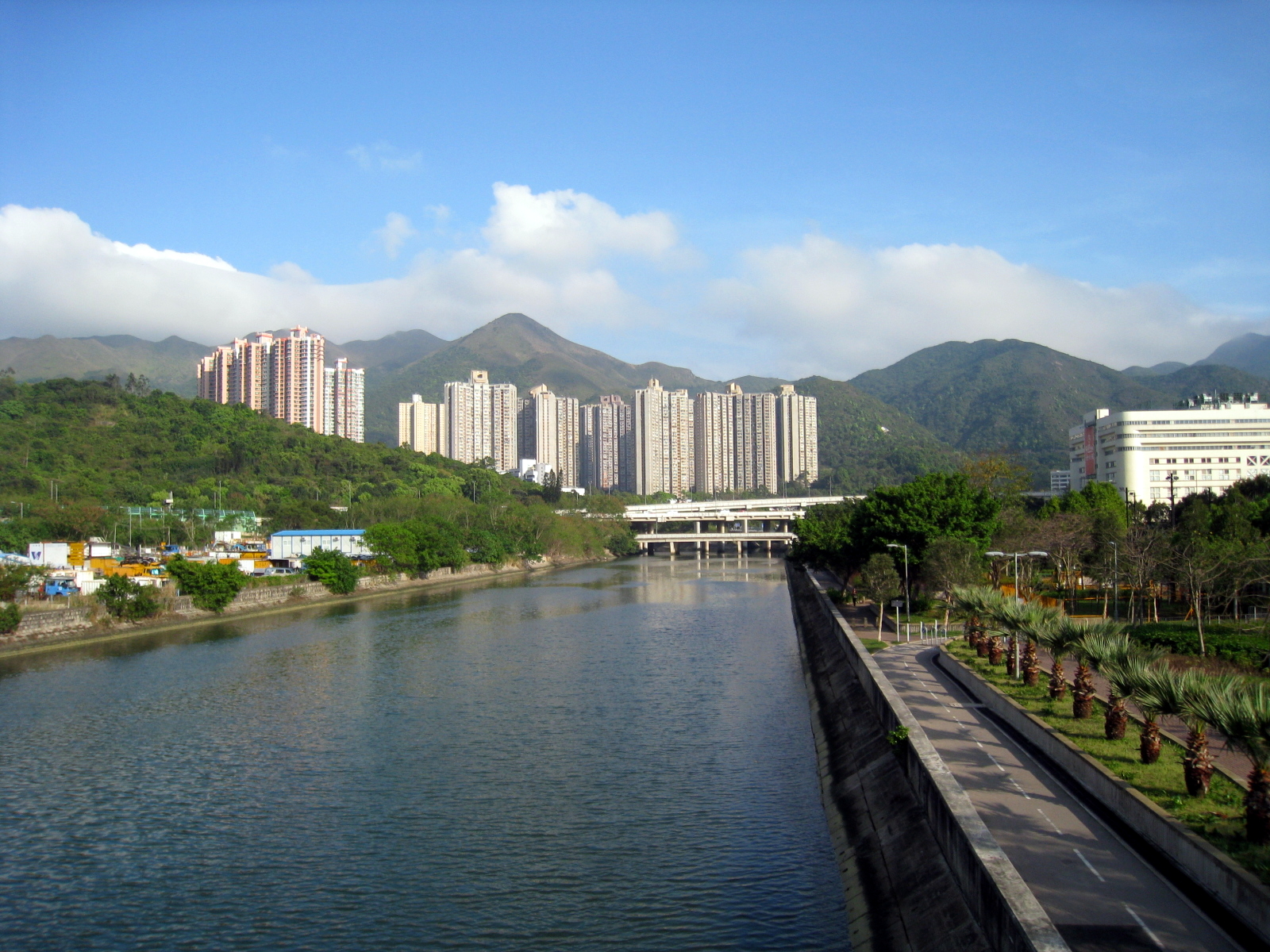|
Sha Lek Highway
Sha Lek Highway (), opened on 26 June 1991, is a section of expressway in Sha Tin District, New Territories, Hong Kong. It runs 1.5 km from Tate's Cairn Highway in Siu Lek Yuen to Sha Tin Road and Sha Tin Wai Road and has a speed limit of 80 km/h. It is one of the only three expressways in Hong Kong not assigned to any numbered highway system (the others being Penny's Bay Highway and Hong Kong Link Road). Interchanges See also *List of streets and roads in Hong Kong The following are incomplete lists of notable expressways, tunnels, bridges, roads, avenues, streets, crescents, squares and bazaars in Hong Kong. Many roads on the Hong Kong Island conform to the contours of the hill landscape. Some of the ... References Roads in the New Territories Sha Tin Viaducts in Hong Kong {{NewTerritories-geo-stub ... [...More Info...] [...Related Items...] OR: [Wikipedia] [Google] [Baidu] |
Controlled-access Highway
A controlled-access highway is a type of highway that has been designed for high-speed vehicular traffic, with all traffic flow—ingress and egress—regulated. Common English terms are freeway, motorway and expressway. Other similar terms include ''throughway'' and ''parkway''. Some of these may be limited-access highways, although this term can also refer to a class of highways with somewhat less isolation from other traffic. In countries following the Vienna convention, the motorway qualification implies that walking and parking are forbidden. A fully controlled-access highway provides an unhindered flow of traffic, with no traffic signals, intersections or property access. They are free of any at-grade crossings with other roads, railways, or pedestrian paths, which are instead carried by overpasses and underpasses. Entrances and exits to the highway are provided at interchanges by slip roads (ramps), which allow for speed changes between the highway and arteria ... [...More Info...] [...Related Items...] OR: [Wikipedia] [Google] [Baidu] |
Sha Tin District
Sha Tin District is one of the 18 districts of Hong Kong. As one of the 9 districts located in the New Territories, it covers the areas of Sha Tin, Tai Wai, Ma On Shan, Fo Tan, Siu Lek Yuen, and Ma Liu Shui. The district is the most populous district in Hong Kong, with a population of 659,794 as per 2016 by-census, having a larger population than many states or dependencies including Iceland, Malta, Montenegro and Brunei. The Sha Tin District covers approximately 69.4 km2 (26.8 sq. mi), including Sha Tin New Town and several country parks. Built mostly on reclaimed land in Sha Tin Hoi, the well-developed Sha Tin New Town comprises mainly residential areas along the banks of the Shing Mun River Channel. In the early 1970s it was a rural township of about 30,000 people. After Sha Tin's first public housing estate, Lek Yuen Estate, was completed in 1976, the settlement began to expand. Today, about 65% of the district's population live in public rental housing, housing u ... [...More Info...] [...Related Items...] OR: [Wikipedia] [Google] [Baidu] |
New Territories
The New Territories is one of the three main regions of Hong Kong, alongside Hong Kong Island and the Kowloon Peninsula. It makes up 86.2% of Hong Kong's territory, and contains around half of the population of Hong Kong. Historically, it is the region described in the Convention for the Extension of Hong Kong Territory. According to that treaty, the territories comprise the mainland area north of Boundary Street on the Kowloon Peninsula and south of the Sham Chun River (which is the border between Hong Kong and Mainland China), as well as over 200 outlying islands, including Lantau Island, Lamma Island, Cheung Chau, and Peng Chau in the territory of HK. Later, after New Kowloon was defined from the area between the Boundary Street and the Kowloon Ranges spanned from Lai Chi Kok to Lei Yue Mun, and the extension of the urban areas of Kowloon, New Kowloon was gradually urbanised and absorbed into Kowloon. The New Territories now comprises only the mainland no ... [...More Info...] [...Related Items...] OR: [Wikipedia] [Google] [Baidu] |
Tate's Cairn Highway
Tate's Cairn Highway (), opened on 26 June 1991, is a dual 3-lane expressway in Hong Kong. It links Tate's Cairn Tunnel and Ma Liu Shui Interchange, forming a part of Route 2 (formerly known as Route 6). From the Ma Liu Shui Interchange, where it connects with Route 9, the expressway crosses the estuary of the Shing Mun River. It then turns southwards, interchanging at Shek Mun with a distributor road (Tai Chung Kiu Road), and reaches Siu Lek Yuen, where the highway splits. One branch leads to Tate's Cairn Tunnel (which continues as Route 2), and the other leads to Sha Lek Highway, which eventually joins Route 1 at Sha Tin Road. The highway is named after Tate's Cairn. Interchanges Tate's Cairn Highway in its entirety falls within the boundaries of Sha Tin District. {, class="plainrowheaders wikitable" , + Tate's Cairn Highway , - !scope=col, Location !scope=col, km !scope=col, Interchange name !scope=col, Exit !scope=col, Destinations !scope=col, Notes , - , rowspan ... [...More Info...] [...Related Items...] OR: [Wikipedia] [Google] [Baidu] |
Siu Lek Yuen
Siu Lek Yuen () is an area in Sha Tin District, New Territories East. Located to the east of Yuen Chau Kok, the area is surrounded on three sides by the Ma On Shan Country Park. Nowadays it is a residential area. Name The name means the origin of small river in Chinese. It is so named because the area situated originally between two rivers. Geography Siu Lek Yuen lies at a hill that locates at the east side of Shing Mun River. Therefore, unlike most of the Sha Tin New Town, the land does not come from reclamation. History Siu Lek Yuen was originally a ford of Tide Cove (), which was reclaimed for the development of Sha Tin New Town. At a result, only Siu Lek Yuen Nullah (), a small nullah of the Shing Mun River remained. As part of the New Town, Siu Lek Yuen also underwent a vast change in the years. Originally it was one of the nine districts of Sha Tin (), namely, Siu Lek Yuen District (), where 14 Hakka villages were there. After the development of Sha Tin New Town, ... [...More Info...] [...Related Items...] OR: [Wikipedia] [Google] [Baidu] |
Sha Tin Road
Sha Tin Road, opened on 6 November 1984, is a dual-2 lane expressway in Hong Kong. It links Lion Rock Tunnel Road and Tai Po Road — Sha Tin, forming a part of Route 1. This 3.4 km road is mostly elevated, running at the foothills on the eastern bank of the Shing Mun River, bypassing the town centre of Sha Tin, which is to its west. The road crosses the river on Dragon Bridge () near City One and joins Tai Po Road - Sha Tin near the Sha Tin Racecourse. Interchanges and Junctions The section of Route 1 that runs through Sha Tin Road has 6 exits. They are numbered 11A, 11B, 12, 12A, 12B, and 12C. The entire road is in Sha Tin District. {, class="plainrowheaders wikitable" , - , colspan=5 style="background:#f2f2f2; text-align:center", Sha Tin Road , - !scope=col, Location !scope=col, km !scope=col, Exit !scope=col, Destinations !scope=col, Notes , - , rowspan=3, Sha Tin Wai , style="text-align:right", 17.4 , style="text-align:center", , Lion Rock Tunnel Road - Tai W ... [...More Info...] [...Related Items...] OR: [Wikipedia] [Google] [Baidu] |
Sha Tin Wai Road
Sha Tin Wai Road () is a road in Sha Tin District, New Territories, Hong Kong. It runs from Tai Chung Kiu Road and Sha Tin Rural Committee Road in Sha Tin Wai to Siu Lek Yuen Road and Tate's Cairn Highway in Siu Lek Yuen. See also *List of streets and roads in Hong Kong Sha Tin District Roads in the New Territories {{NewTerritories-geo-stub ... [...More Info...] [...Related Items...] OR: [Wikipedia] [Google] [Baidu] |
Hong Kong Strategic Route And Exit Number System
The Hong Kong Strategic Route and Exit Number System () is a system adopted by the Transport Department of the Hong Kong Government to organise the major roads in the territory into routes 1 to 10 for the convenience of drivers. When the system was implemented in 2004, the government promoted it with a major public campaign, including the slogan "Remember the Numbers; Make Driving Easier" (). The system comprises ten major series of roads in Hong Kong, numbered routes 1 to 10, which can be classified into three categories: the three north-south routes, the six east-west routes and the New Territories Circular Road. The route numbers are displayed as black on yellow "road-shields" on overhead road signs. Parts of the road system are limited-access roads, and a significant portion of these roads are expressways. The system also utilises exit numbering with the exits of each route are numbered sequentially; some exit numbers are suffixed with a letter. Exit numbers are indicated b ... [...More Info...] [...Related Items...] OR: [Wikipedia] [Google] [Baidu] |
Penny's Bay Highway
Penny's Bay Highway () is a section of expressway on Lantau Island in Hong Kong. The road links North Lantau Highway to Hong Kong Disneyland Resort and Penny's Bay Quarantine Centre in Penny's Bay. It is approximately 1.5 km, starting from the North Lantau Highway's junction in Yam O and ending at Penny's Bay to link with Magic Road (to Hong Kong Disneyland Resort) and Sunny Bay Road (to Yam O). The road was opened in 2005 to connect Hong Kong Disneyland, which opened in the same year, to the rest of Hong Kong via the Hong Kong Strategic Route and Exit Number System. From the north terminus at North Lantau Highway, it passes parallel to Sunny Bay Road through a valley before reaching its southern terminus, a roundabout intersecting with Sunny Bay Road and Magic Road. Major intersections See also * List of expressways in Hong Kong Other expressways and major road infrastructure on Lantau Island include: * North Lantau Highway * Lantau Link * Route 8 (Hong Kong) ... [...More Info...] [...Related Items...] OR: [Wikipedia] [Google] [Baidu] |
Hong Kong–Zhuhai–Macau Bridge
The Hong Kong–Zhuhai–Macau Bridge (HZMB) is a bridge–tunnel system consisting of a series of three cable-stayed bridges, an undersea tunnel, and four artificial islands. It is both the longest sea crossing and the longest open-sea fixed link in the world. The HZMB spans the Lingding and Jiuzhou channels, connecting Hong Kong, Macau, and Zhuhai—three major cities on the Pearl River Delta in China. The HZM Bridge was designed to last for 120 years and cost ¥127 billion (US$18.8 billion) to build. The cost of constructing the Main Bridge was estimated at ¥51.1 billion (US$7.56 billion) funded by bank loans and shared among the governments of mainland China, Hong Kong and Macau. Originally set to be opened to traffic in late 2016, the structure was completed on 6 February 2018 and journalists were subsequently taken for a ride over the bridge. On 24 October 2018, the HZMB was opened to the public after its inauguration a day earlier by Chinese leader Xi Jinpin ... [...More Info...] [...Related Items...] OR: [Wikipedia] [Google] [Baidu] |
OpenStreetMap
OpenStreetMap (OSM) is a free, open geographic database updated and maintained by a community of volunteers via open collaboration. Contributors collect data from surveys, trace from aerial imagery and also import from other freely licensed geodata sources. OpenStreetMap is freely licensed under the Open Database License and as a result commonly used to make electronic maps, inform turn-by-turn navigation, assist in humanitarian aid and data visualisation. OpenStreetMap uses its own topology to store geographical features which can then be exported into other GIS file formats. The OpenStreetMap website itself is an online map, geodata search engine and editor. In 2004, OpenStreetMap was created by Steve Coast in response to the Ordnance Survey, the United Kingdom's national mapping agency, failing to release its data to the public and under free licences. Initially, maps were created only via GPS traces, but it was quickly populated by importing public domain geogr ... [...More Info...] [...Related Items...] OR: [Wikipedia] [Google] [Baidu] |
Directional-T Interchange
In the field of road transport, an interchange (American English) or a grade-separated junction (British English) is a road junction that uses grade separations to allow for the movement of traffic between two or more roadways or highways, using a system of interconnecting roadways to permit traffic on at least one of the routes to pass through the junction without interruption from crossing traffic streams. It differs from a standard intersection, where roads cross at grade. Interchanges are almost always used when at least one road is a controlled-access highway (freeway or motorway) or a limited-access divided highway (expressway), though they are sometimes used at junctions between surface streets. Terminology ''Note:'' The descriptions of interchanges apply to countries where vehicles drive on the right side of the road. For left-side driving, the layout of junctions is mirrored. Both North American (NA) and British (UK) terminology is included. ; Freeway junction, ... [...More Info...] [...Related Items...] OR: [Wikipedia] [Google] [Baidu] |




